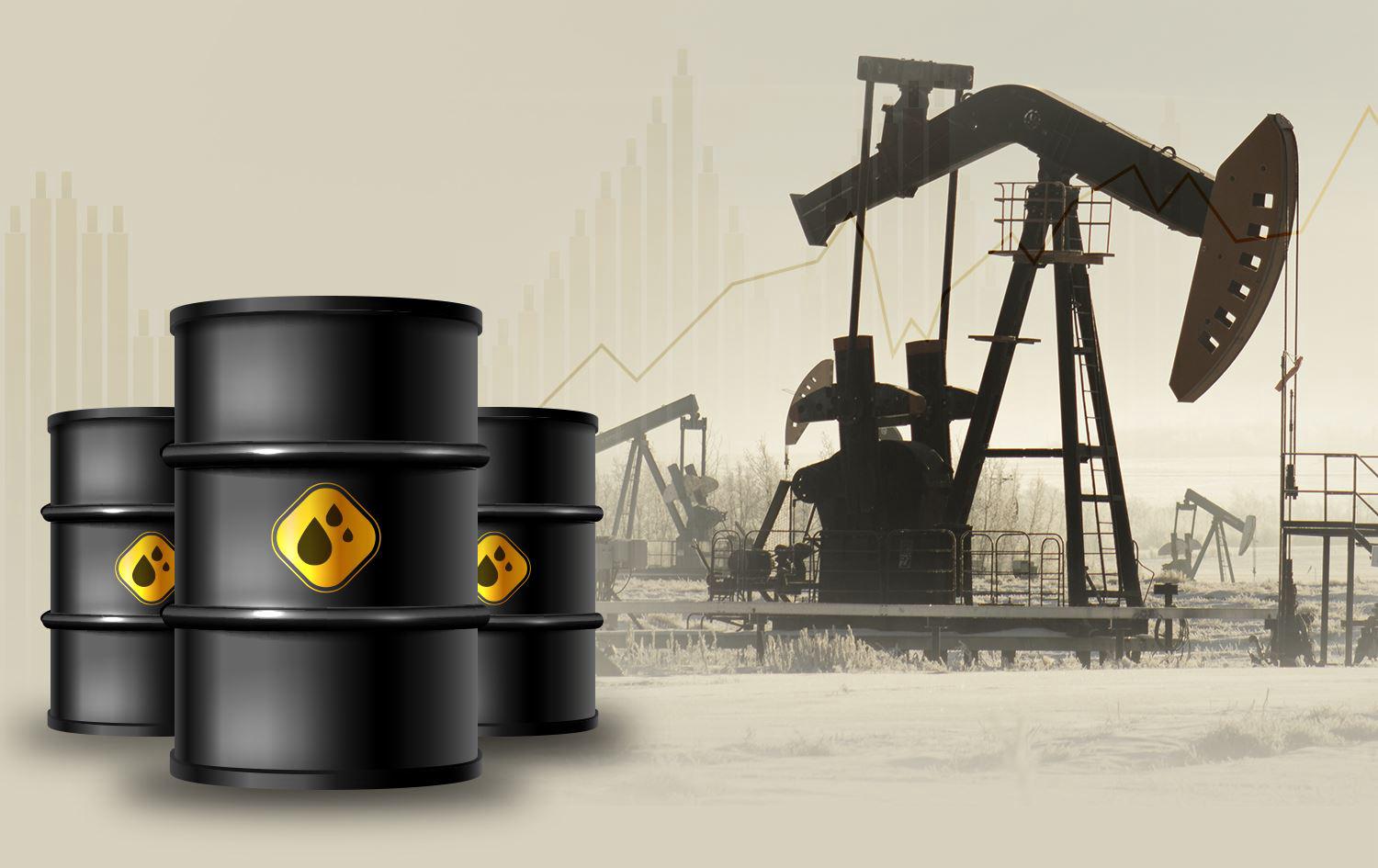Oil Prices Rise to Highest Level in 5 Months Before Partial Decline

Oil prices witnessed sharp fluctuations during trading on Monday, June 23, rising to their highest levels since last January, supported by escalating concerns over supply disruptions due to military escalation between the United States and Israel on one side, and Iran on the other, before partially retreating from their peak.
Rise and Retreat
Brent crude futures peaked at $81.40 a barrel, while West Texas Intermediate crude rose to $78.40, marking its highest level in five months. However, both types of crude lost some of their gains to close at $78.42 (+1.83%) and $75.22 (+1.87%) respectively by the end of the session.
Military Escalation Threatens Oil Supplies
This increase followed statements by U.S. President Donald Trump declaring that he "wiped out" Iranian nuclear sites in strikes carried out by Washington in cooperation with Israel, raising fears of an Iranian response that could include closing the Strait of Hormuz, one of the world's most important waterways for global oil transportation, through which about 20% of global supplies pass.
Media reports, including Iran's Press TV channel, indicated that the Iranian parliament approved a measure allowing the closure of the strait, although Tehran has not taken this step despite its previous threats.
Warnings of Severe Market Disruption
John Doe, chief analyst at Sparta Commodities, told Reuters, "The risks of damage to the oil infrastructure... may have worsened," noting that some shipping companies may avoid the region even if alternatives are available through other pipelines.
Meanwhile, Goldman Sachs bank forecasted in a report released on Sunday that the price of Brent crude could reach $110 per barrel if oil flows through the Strait of Hormuz were halved for a month, and the decrease continued by 10% over the following 11 months.
Strong Monthly Gains but Doubts Linger on Sustainability
Since the escalation began on June 13, Brent crude has risen by about 13%, while West Texas Intermediate crude has jumped by 10%. However, analysts doubt the sustainability of these gains without actual supply disruptions, especially with international efforts expected to prevent a prolonged disruption of oil and gas flows.